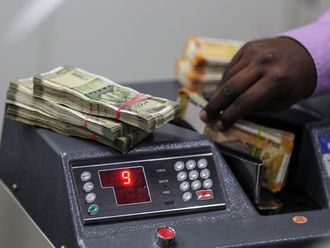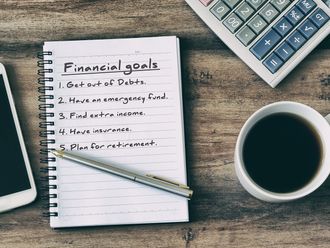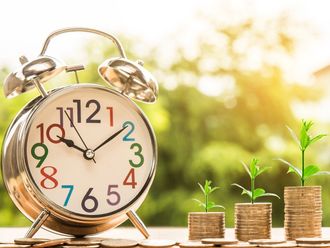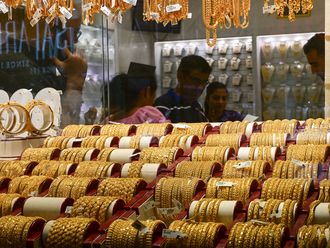
Dubai: Just as hard it is to use your credit card the right way to get the most for your money, so is finding a credit card that’s right for you. And when searching for the most suitable one, it can be equally brain-wracking to choose one with the right credit limit and annual interest rate.
While no single credit card is better than all others or for people of all categories of income, by understanding your options, you can find the card that's a good fit for your spending habits and credit situation.
How to choose a good credit card interest rate?
The first question should be is it always bad to have a high interest rate on a credit card? The logical reasoning is that if you can afford to pay your credit card balance on your high-interest credit card in full by its due date, you can maintain a good credit score.
Otherwise, paying interest (especially at a high rate) would otherwise be a waste of money. Now when it comes to sifting through cards with rates that differ starkly, although choosing one with the lowest rate would be ideally beneficial, realistically it’s not always the case.
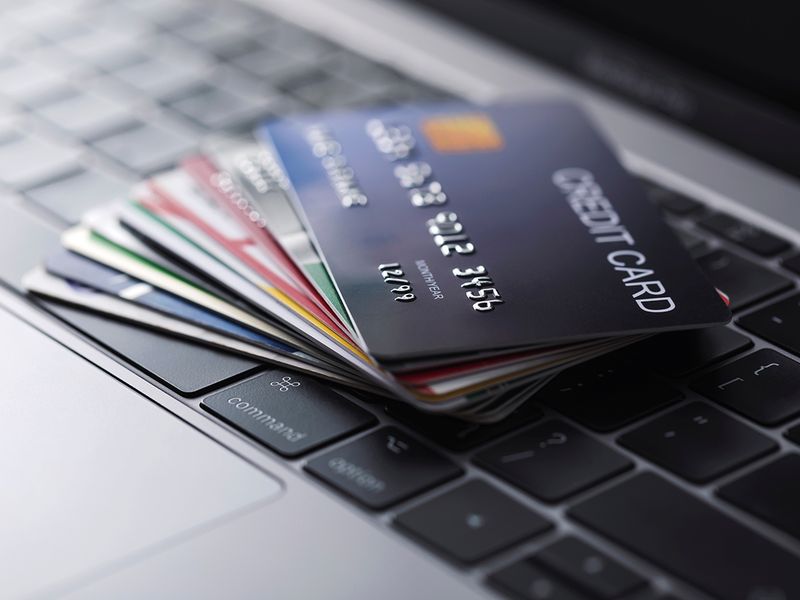
The reason being interest rate fees can add up quickly on credit cards and make them harder to pay off. For instance, if you make a Dh35 minimum monthly payment on a 22 per cent APR credit card with a Dh1,000 balance, it will take three years to pay it off, costing you a further Dh453 in interest charges.
“Generally, to know if a credit card has a good APR, compare it with the global average, which currently stands at 18 per cent. If the card’s APR is below the average, it’s an excellent APR. Avoid cards with APRs significantly above 18 per cent,” said Rajesh Markara, an Abu Dhabi-based debt restructuring advisor.
Reality check: What credit cards have good APRs?
While there are many different types of credit card APRs, the most common one people are interested in is the purchase APR — the interest rate you pay on purchases. However, the reality is that in order to find a credit card with a low APR, it’s more or less dependent on your history of repaying debt.
“While it’s easy to say that you should always look for credit cards that offer APRs at or below the average, a good purchase APR for you really depends on your credit score. Those with below-average credit scores will likely be offered higher interest rates than people with good credit,” added Markara.

“If you want the best credit card APR possible, you might want to work on improving your credit score first. The higher your score goes, the better your credit worthiness will get, and you’ll be more likely to receive good credit card APR offers from lenders.”
“The most recommended way to lower your credit card’s APR is by building your credit. In some cases, lenders will offer better interest rates — including promotional 0 percent APRs — to their most creditworthy customers,” said Markara.
“Even if your current credit card issuers don’t lower your APR as a response to your newly improved credit score, you’ll be more likely to receive good credit card APRs when you apply for new credit cards or loans.” Now let’s look at the next key criteria when choosing a credit card – the limit you can spend.
Better to have a higher credit limit or a lower one?
When it comes to choosing your limit, you can be offered a credit limit of your choice, particularly if you have a good history of payments. However, that is conditional on whether or not you can be responsible in taking on higher debt and payment it back on time.
“Regardless of whether you have a low or high credit limit, it's very easy to run up unaffordable debts which will take a long time to pay back,” cautioned Samuel D’Costa, a credit advisor currently working out of Dubai, but was previously based in Bahrain.
“You should think very carefully before agreeing to an increase in your credit limit, and refuse the increase if you don't need it. Some people like a higher limit 'just in case', but there's always the temptation to keep spending and run up a debt you eventually can't afford to pay back,” D’Costa added.

How is it decided how much credit card limit you get?
By default, credit card issuers determine your credit limit by evaluating a number of factors. “By understanding what they're looking for, you can manage your credit responsibly and increase your odds of getting approved for a higher credit limit,” explained D’Costa.
A creditor’s call to hike your limit could depend on factors like how long your account has been open and whether you've used your credit responsibly. While credit card companies could approach you and inquire the need for a higher limit, you could also request an increase yourself.
Many credit card companies turn to your credit score to help determine your card's limit. This means that factors such as payment history, income, credit utilisation rates, the length of your credit history, credit mix, large expenses and any recent new credit card applications will impact your card limit.
On the other hand, a ‘credit mix’ refers to the types of different credit accounts you have – mortgages, loans, credit cards, etc. A ‘credit mix’ is one of the most prominent factor generally considered when calculating your credit scores.
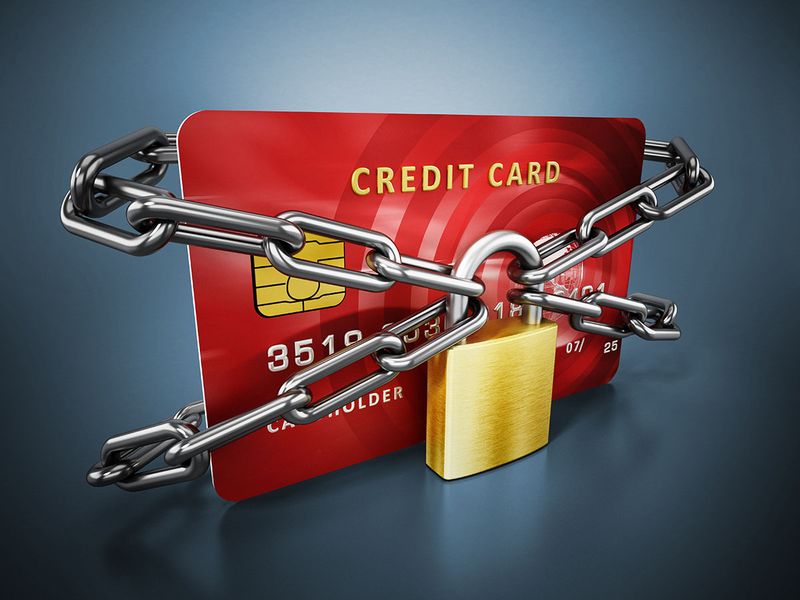
How much of a credit card limit should you have?
When it comes to usage, a good rule of thumb is to keep your credit utilisation under 30 per cent. This means that if you have Dh10,000 in available credit, you don't ever want your balances to go over Dh3,000.
“While there’s no magic amount of credit that a person “should” have, as it differs depending on how much you’re offered, target to keep your credit usage below 30 percent of your available credit and pay off your balances regularly; otherwise, your credit score may suffer,” D’Costa further noted.
By using no more than 30 per cent of your credit limit, you keep your debt-to-credit ratio strong, experts reiterate. (Debt-to-credit ratio is a percentage of your monthly income that goes toward paying debts.)
“Staying under 10 per cent is even better. However, in a real-life budget, the 30 per cent rule works like this: If you have a card with a Dh1,000 credit limit, it's best not to have more than a Dh300 balance at any time,” said D’Costa.
Six or more credit card accounts might be too many for some people, given that the global average is five credit cards per person. Everyone should have at least one credit card for credit-building purposes, even if they don't use it to make purchases, but the exact number of cards you should have differs by person.

Bottom line?
The bottom line is if you are looking out for a new credit card, best to cross-check with this five-point checklist before taking a final decision. Apart from the annual interest rate, you should also compare other things about the credit card, for example, fees, charges, incentives and other conditions.
1. Annual Percentage Rate (APR): This is the cost of borrowing on the card, if you don’t pay the whole balance off each month. You can compare the APR for different cards which will help you to choose the cheapest.
2. Minimum repayment: If you don’t pay off the balance each month, you will be asked to repay a minimum amount. This is typically around 3 per cent of the outstanding balance each month.
3. Annual fee: Some cards charge a fee each year for use of the card. The fee is added to the amount due and you will have to pay interest on the fee as well as on your spending, unless you pay it in full.
4. Loyalty points or rewards: The points add up depending on the amount you spend and you can then use them to buy goods. Check how and where the rewards can be used and think about how likely you are to use them.
5. Cash back: This is where you get money refunded to your card, depending on how much you spend. Check if you qualify for the cash back. For example, it may only apply if you pay your balance in full each month. A lower interest rate may be a better deal.
When looking at Annual Percentage Rate (APR), it’s also worth checking if they have introductory interest rates. This is where you start off paying a low rate of interest or none at all. The rate then increases after a certain amount of time.
If your balance exceeds the 30 per cent credit utilisation ratio, try to pay it off as soon as possible; otherwise, your credit score may suffer
For example, it could increase after six months or from a certain date. You’ll often see an introductory rate for balance transfers. If you are comparing cards, look at how long the introductory rate lasts as well as the interest rate it changes to at the end of the introductory period.
Additionally, aside from above-mentioned ‘annual fee’, also check in the credit agreement what other charges apply to the card. You will usually be charged for going over your credit limit, for using the card abroad and for late payments.

